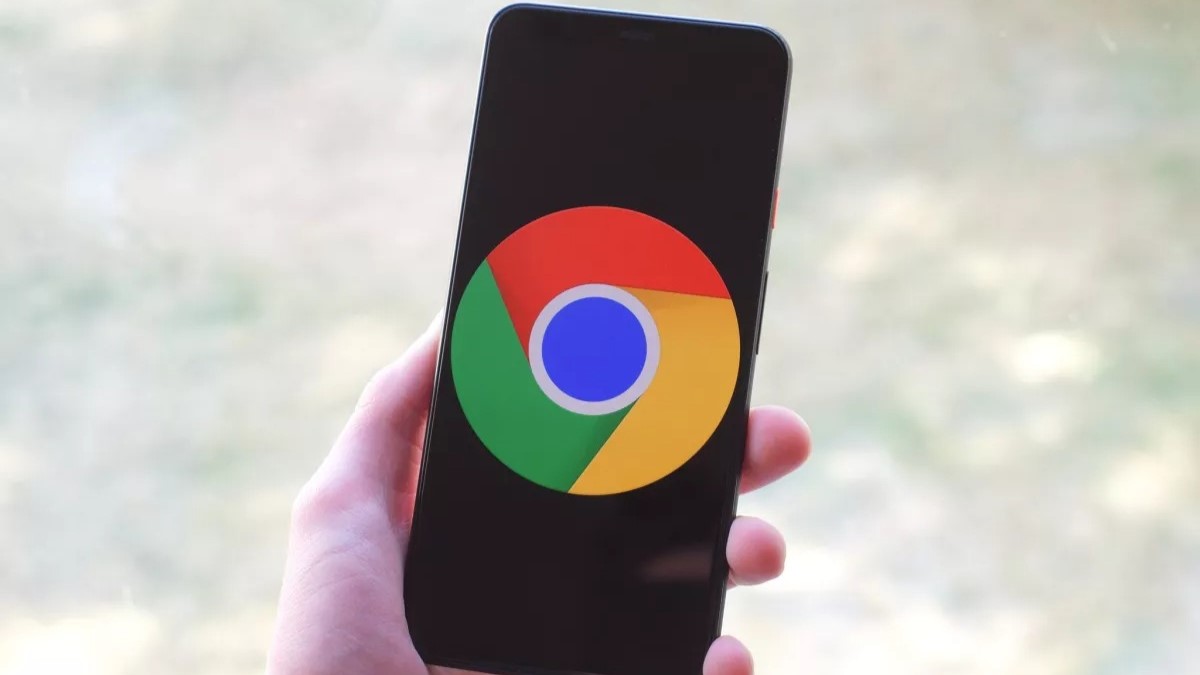This Chrome feature on Android lets you lock your Incognito tabs behind a fingerprint
It's not live yet for everyone, but you can enable it now.

What you need to know
- Google Chrome on Android has a new feature that can hide your Incognito tabs behind biometric authentication.
- A fingerprint verification screen shows up after you exit a private session and relaunch the browser.
- It's not widely available yet, but Google has quietly added a flag with which you can turn on the feature.
Google Chrome's Incognito feature is a perfect tool to keep your browsing history and cookies safe, but it can still be viewed by anyone who has access to your device. A new feature for Chrome on Android is here to address this privacy concern.
A new flag is now available in the latest stable version of Chrome, allowing you to protect your Incognito tabs with biometric authentication. As discovered by 9to5Google, the new privacy feature locks your private browsing session behind fingerprint security.
However, it doesn't happen instantly. You'll need to first exit your currently open Incognito tabs and then open the app again. When you try to access your recent Incognito session again, you'll be greeted with a gray screen that states "Unlock Incognito." Tapping on this button brings up the fingerprint verification screen.
On the other hand, if fingerprint security sounds unreliable to you, the feature also provides an option to hide your private browsing behind a PIN. Biometric authentication for Incognito has long been available on Chrome for iOS, so it's a bit odd that Google is only adding it to Android phones now.
At the moment, this capability is not widely available. That said, Google has quietly added a Chrome flag, which you can enable now in order to activate the new feature (chrome://flags/#incognito-reauthentication-for-android). Once that is done, simply go to the app's settings menu, open the privacy and security section, and then toggle the option that says "Lock Incognito tabs when you leave Chrome."
9to5 notes that this capability is available on Google Chrome version 105 for Android, suggesting that a wider rollout is imminent.
Get the latest news from Android Central, your trusted companion in the world of Android

Jay Bonggolto always keeps a nose for news. He has been writing about consumer tech and apps for as long as he can remember, and he has used a variety of Android phones since falling in love with Jelly Bean. Send him a direct message via X or LinkedIn.
